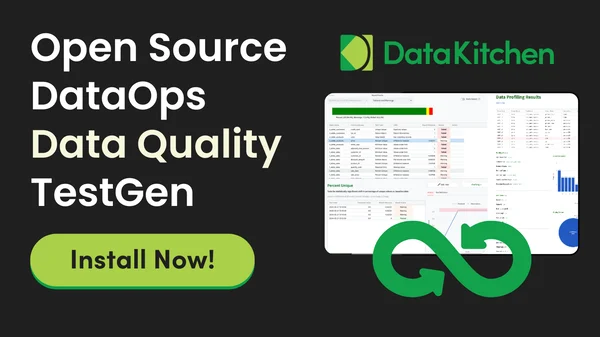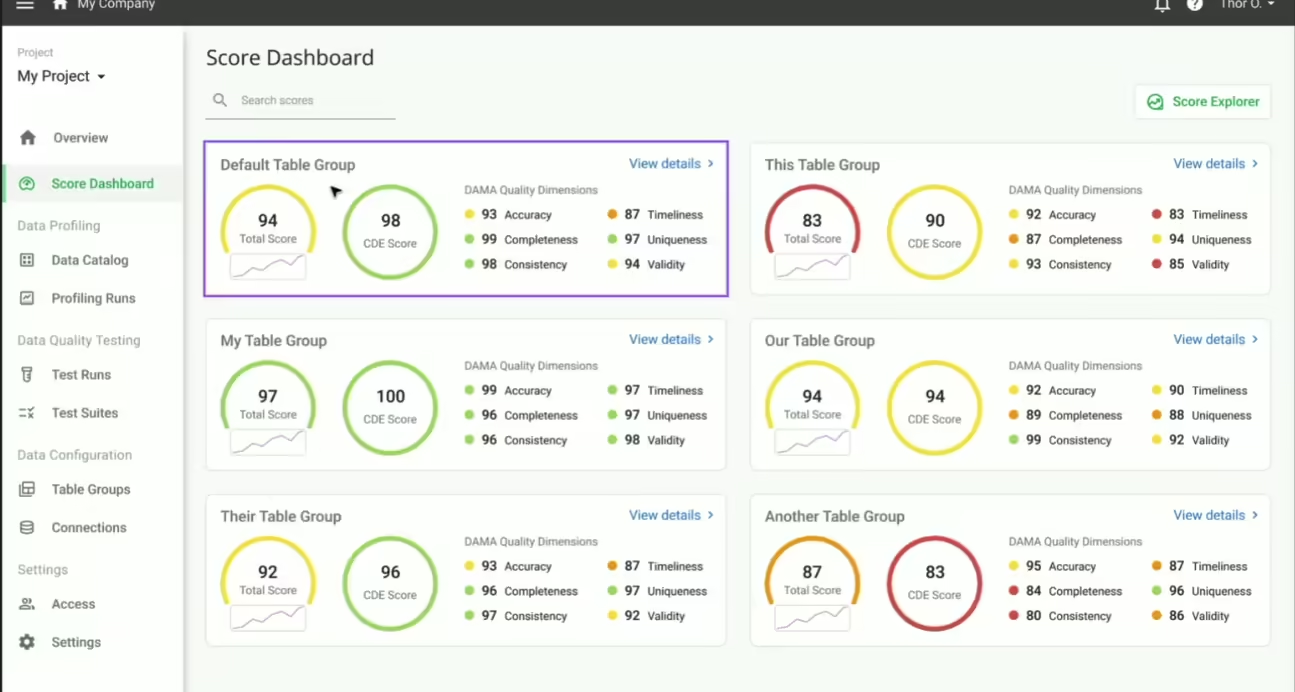Data Quality Circles: The Key to Elevating Data and Analytics Team Performance
Introduction: The Pursuit of Quality in Data and Analytic Teams.
According to a study by HFS Research, 75 percent of business executives do not have a high level of trust in their data. High-quality data underpins the reliability of insights, models’ accuracy, and decision-making processes’ efficacy. Yet, ensuring this quality is often a complex challenge, requiring technical solutions and a cultural shift within teams. This is where the concept of Data Quality Circles comes into play—a structured yet collaborative approach modeled after the well-established Quality Circle method in manufacturing and service industries. It is a step to help avoid the terrible war room and the stress of a data team crisis.
The Culture: No Shame, No Blame—Love Your Errors
At the heart of Data Quality Circles is a culture that encourages learning from mistakes without fear of retribution. This “no shame, no blame” approach is crucial for fostering an environment where team members feel safe sharing and understanding incidents. The mantra “love your errors” is not about celebrating mistakes but viewing them as opportunities for improvement. This mindset is essential for continuously enhancing data operations, where the goal is to systematically identify and address the root causes of data quality issues.
The Objective: Improving Operational Quality
The primary objective of a Data Quality Circle is to improve the quality and, therefore, the efficiency of data operations. This is achieved by analyzing individual production incidents or groups of incidents categorized by root cause, particularly when there is a high volume of issues. Whether it’s a failed ETL job, a broken data pipeline, or a report with inaccurate figures, each incident provides a learning opportunity. The focus is not just on fixing the immediate problem but on understanding how to prevent similar issues from occurring in the future.
The Process: Retrospective in Spirit, Proactive in Action
Data Quality Circles are akin to retrospectives—structured processes designed to help teams learn from past incidents. However, they go beyond mere analysis by actively driving actionable improvements. The process typically involves the following steps:
Preparation:
Compile a list of recent incidents, support calls, help desk tickets, or bugs. If the incidents are high, use Pareto analysis to identify the most frequent root causes, as 80% of issues typically stem from 20% of causes. Ensure that all attendees are equipped to contribute to the root cause analysis and generate preventive ideas.
Discussion and Documentation:
Start by identifying the date and description of each incident, along with a timeline of events. Utilize the Five Whys technique to drill down to the root cause. For example: Problem: The vehicle will not start:
- Why? – The battery is dead.
- Why? – The alternator is not functioning.
- Why? – The alternator belt has broken.
- Why? – The alternator belt was well beyond its useful service life and not replaced.
- Why? – The vehicle was not maintained according to the recommended service schedule (root cause).
Brainstorm potential actions that could prevent similar incidents in the future. These actions should be practical, actionable, and focused on eliminating the root cause.
Action and Follow-Up:
Create tickets or tasks for each identified action, ensuring a commitment to implementing at least one significant improvement. Document the facts and agreed-upon actions, avoiding any blame or negative language. The focus should remain on constructive problem-solving.
The Outcome: Continuous Improvement
The result of a successful Data Quality Circle is a set of concrete actions aimed at preventing future incidents. These actions should be tracked, implemented, and reviewed to ensure they have the desired impact. Over time, this process leads to a gradual but sustained improvement in the quality of data operations, reducing the frequency and severity of incidents.
Conclusion: Building a Culture of Continuous Improvement
Implementing Data Quality Circles in data and analytics teams requires commitment from all levels of the organization. It demands a culture shift, where errors are seen not as failures but as opportunities to learn and improve. By regularly convening to discuss and address data quality incidents, teams can foster a culture of continuous improvement, leading to more reliable data and, ultimately, better business outcomes.
Learning from past mistakes and proactively addressing root causes is invaluable in stressful data and analytic teams. Data Quality Circles provide a structured yet flexible framework for achieving this, helping teams resolve current issues and prevent future ones. They ensure the data foundation remains strong, resilient, improving, and ready to support the business’s needs.
DataOps Quality Circles are focused teams within data and analytics organizations that meet weekly or monthly to drive continuous improvement, quality automation, and operational efficiency. By leveraging the principles of DataOps—such as automation, testing, and iterative development—these circles ensure that data and the processes acting on data are error-free, consistent, and aligned with business goals. The goal is to create a culture of accountability and innovation where every team member contributes to improving data quality and operational performance.
Contact us today to help set up a Quality Circle in your data team!







